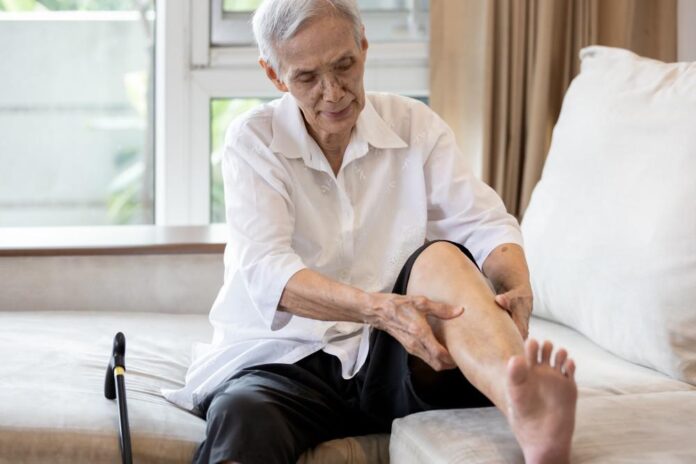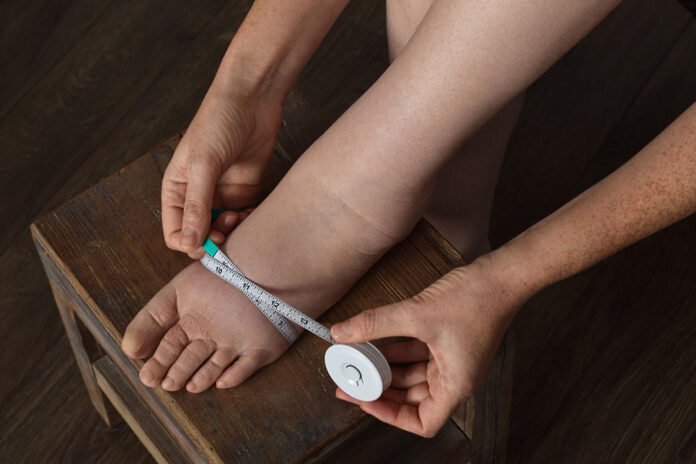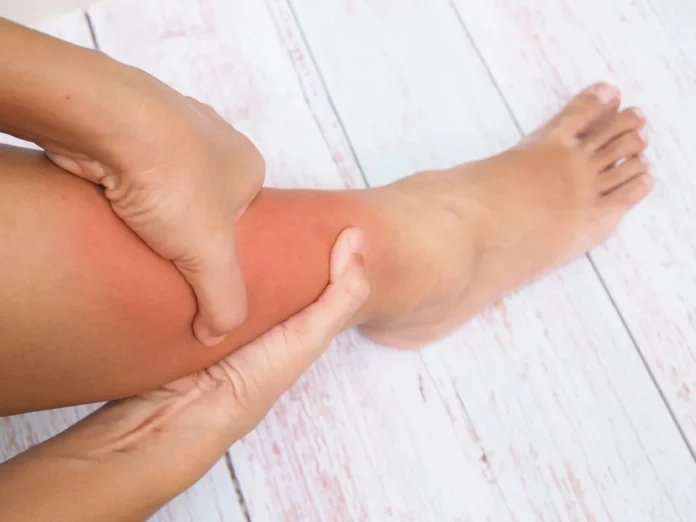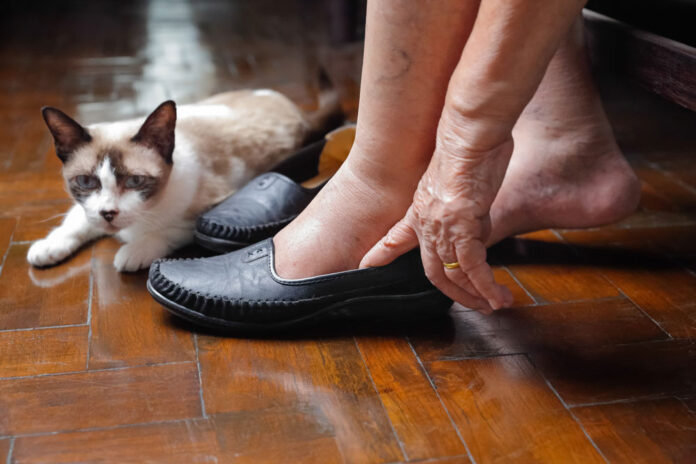Older adults are susceptible to swollen ankles, a condition that is caused by a range of factors. Some of the most common causes are standing or sitting for long periods of time, dehydration, and food choices. If you have swollen ankles, it’s important to identify the cause and take steps to address it. By understanding what causes swollen ankles in older adults, you can take the appropriate steps to keep them healthy and comfortable.
The most common causes of swollen ankles in older adults
Swelling in the ankles and feet is a common problem, especially among older adults. Though it’s not always a serious condition, it can make you quite uncomfortable and affect your lifestyle negatively. Several factors can cause swollen legs and ankles in older individuals, including gender, weight, exercise, diet choices or underlying health issues.
Gender: Women are more likely to experience swollen ankles during menopause due to hormonal fluctuations.
Obesity: Excess weight puts strain on the legs and ankles, which can lead to swelling.
Exercising: Standing or sitting for long periods of time can cause fluid to build up in the lower limbs.
Venous insufficiency: This occurs when valves in the veins become damaged, causing blood to pool in the legs and causing swelling.
If you are experiencing swollen ankles, it is important to see a doctor to determine the cause. Treatments for this condition may include lifestyle changes, medication, and surgery, depending on the underlying cause.
How to handle swollen ankles in older people

If you have swollen ankles, there are several things you can do to treat the condition. In most cases, simple lifestyle changes can help you to deal with swollen legs and ankles.
The most important thing to reduce swelling on your ankles and legs is exercising. Exercising regularly will improve circulation and can help to prevent fluid from pooling in your ankles and feet. You can learn more by reading this article about six simple exercises for swollen ankles.
You can also try to elevate your legs above your heart for 30 minutes each day when you sit down. Resting with your feet above your heart will help to reduce the amount of fluid that pools in your ankles.
Finally, ensure you stay hydrated by drinking plenty of fluids throughout the day.
By following these simple steps, you can help to reduce the swelling in your ankles and keep them feeling healthy and strong.
Preventative measures you can take to reduce swollen ankles
The most common cause of swelling in the ankles is simply gravity. When you stand or walk for long periods, your body’s fluids tend to pool in your lower extremities. This can lead to a feeling of heaviness or pain in your legs and feet, as well as swelling in your ankles. Fortunately, there are several things you can do to treat swollen ankles even before they get swollen.
Your diet choices can help prevent swelling in your ankles and legs. Avoiding excessive consumption of processed food, foods high in sodium, sugary drinks, alcohol, caffeine, spicy and fried foods can make a huge difference, since these foods are thought to be responsible for causing inflammation. Switching to foods with anti-inflammatory effects, such as salmon, tuna, olive oil, raw nuts, and seeds, can help you to handle the tension on your ankles and feet.
Another helpful preventative measure can be wearing loose-fitting clothing that does not constrict your ankles. You should also avoid wearing high heels, as they can further contribute to the problem. By taking these simple steps, you can help to reduce the swelling in your ankles and improve your overall comfort.
Home remedies for swollen ankles in seniors

If you’re experiencing severe swelling, you must see a doctor. In the meantime, several home remedies can help to reduce swelling.
Wearing compression socks or wrapping your ankles in an elastic bandage can help to reduce swelling by applying pressure to the affected area. These garments help to apply gentle pressure to your limbs, which can help to reduce swelling.
You can also use ice packs on your ankles for 20 minutes when you experience swelling or discomfort on your ankles. You can read this article and watch the videos to learn more about the solutions you can practice in the comfort of your home.
Speaking to your doctor
The cause of swollen ankles in older adults can be a sign of a more serious underlying health condition.
If you’re experiencing stubborn and persistent swelling in your ankles and legs, it’s important to talk to your doctor. They can help to determine the cause of the swelling and provide you with treatment options. In some cases, simple lifestyle changes or resting can help to reduce swelling. In other cases, you may need medication such as diuretics to manage the swelling. Talk to your doctor about what’s best for you.

Conclusion
If you have swollen ankles or legs, there are a few things you can do to manage. First and foremost, consult your doctor to find the root of the problem. There may be an underlying medical condition causing your swelling that requires treatment. Once you know what’s causing the issue, there are several steps you can take to reduce the swelling and make yourself more comfortable.
Elevating your feet and legs, drinking plenty of water, changing your diet and exercising are all effective ways to deal with swollen ankles and legs in the older population. If you’re having trouble implementing these measures on your own, ask a friend or family member for help. With a little bit of effort, you can make life easier on yourself and feel better in no time!








